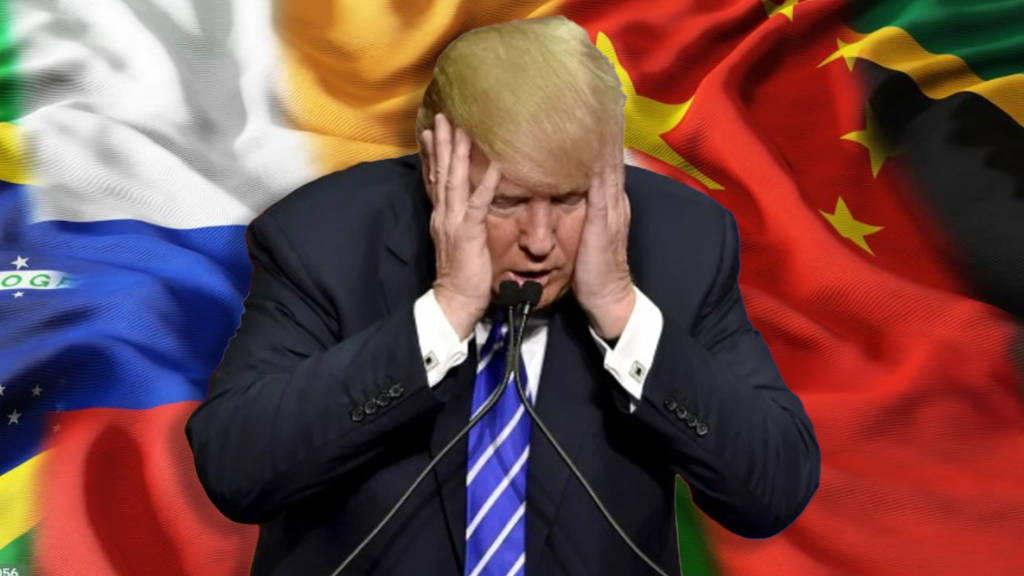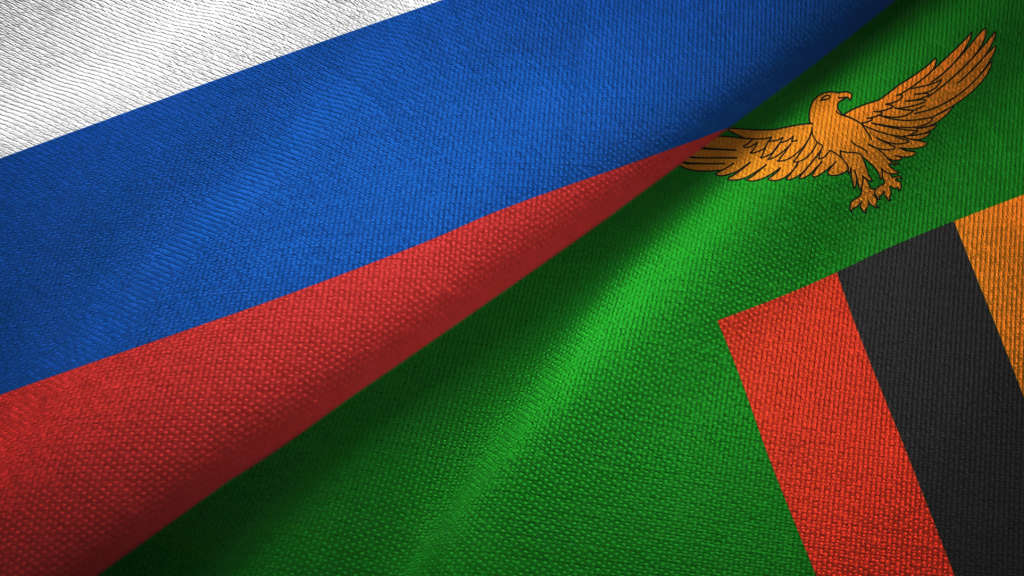Plucky little Laos, in southeast Asia, has just become the latest country to ignore US import tariffs, by stating that it will redirect its US exports to other markets. Laos has been hit with a 40% import duty on its products.
What is surprising about this move is that Laos is a relatively small country, with a population of just 8 million and generating a GDP of just US$16.5 billion. The United States has a GDP of US$29 trillion and a population of 340 million. The Laos market is never going to be huge for US exporters. Laos does run a trade imbalance with the United States, but considering their size differentials, this is always likely to be the case – there are simply more American consumers, while the Laos consumer base is small in comparison, an emerging market in terms of wealth, and is distant and somewhat remote – Laos is ASEAN’s only landlocked nation. However, Laos is also a partner state with the BRICS. And this is where the United States tariffs policy gets its maths wrong.
The Laos Prime Minister, Sonexay Siphandone, stated yesterday that Laos would instead redirect its coffee exports to Russia instead of the US. As a relatively small producer in the global scheme of things, this means that smaller economies such as Laos, are more flexible and able to find replacement export markets, in this case, Russia, who will now buy all the previously US-market intended Laos production. Russia has a population of 143.5 million.
But what about India? And China? These are not small countries. As we have seen, the Trump administration is currently putting considerable pressure on India to stop buying Russia oil and has imposed tariffs of 50% on Indian imports to the United States. US administration officials have stated that India will soon comply with US wishes, having denied them access to the American consumer markets. But there is a problem. India, as part of BRICS, has an alternative market it can sell too – the BRICS group. The BRICS members and partners have a combined population of 4.45 billion. That means that for every single American consumer, there are 13 alternative BRICS consumers.
While huge economies such as India need time to redirect their US$90 billion of exports to the United States to alternative markets, an increased spend of just US$0.3 a week among the BRICS consumers in purchasing Indian exports is enough to absorb the entirety of what used to be its US exports. Simply put: the US consumer economy is too small to dictate where global exports should or should not go. The alternative markets are substantially larger. The United States economy is 1,757 times larger than the Laos economy. When countries like Laos can afford to ignore America tariffs by using those alternative markets, the writing is on the wall as to where Trumps tariffs policy is ultimately heading.






